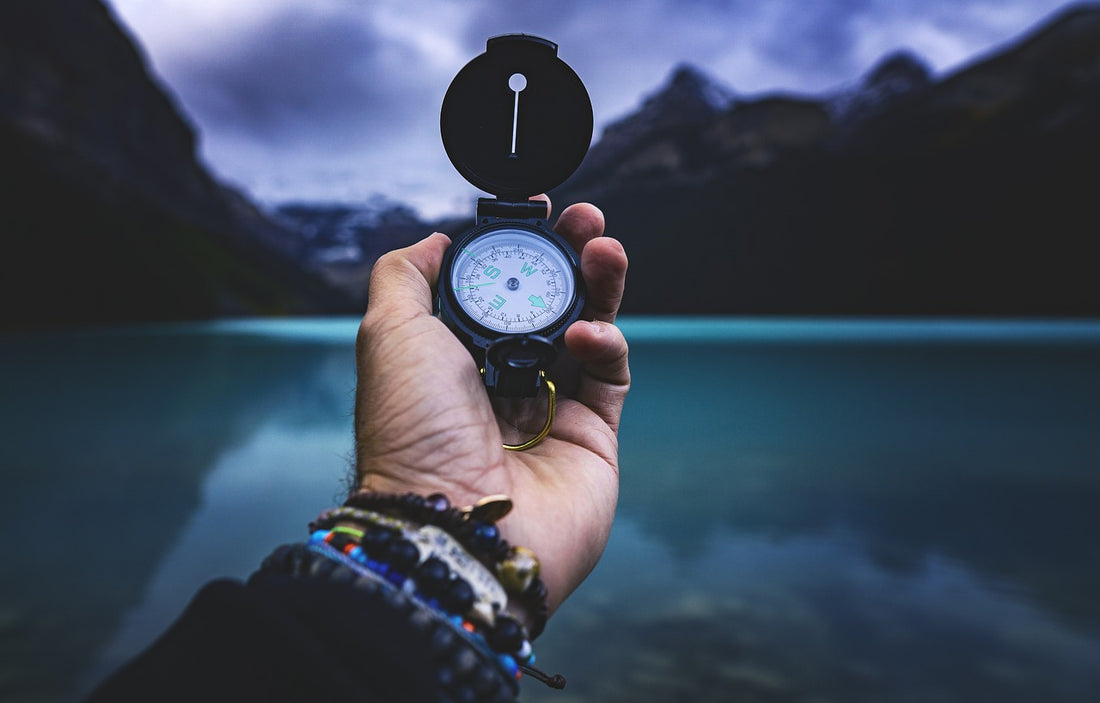
Mastering Outdoor Navigation: Essential Skills for Every Enthusiast
Share
Navigation skills are the backbone of any successful outdoor adventure. Whether you're hiking through rugged terrain, backpacking in remote wilderness, or exploring new trails, knowing how to navigate effectively is crucial for your safety and enjoyment. In this comprehensive guide, we'll delve into the essential navigation skills every outdoor enthusiast should master.
1. Map Reading
- Understanding Topographic Maps: Topographic maps provide detailed information about elevation changes, terrain features, and landmarks. Learn to interpret contour lines, symbols, scales, and legend key.
- Map Orientation: Orient the map to match the direction you're facing using a compass or natural landmarks.
- Plotting Routes: Plan your route in advance, considering factors like terrain difficulty, distance, water sources, and potential hazards.
- Map Folding: Properly fold your map for easy reference while navigating.
2. Compass Skills
- Compass Basics: Familiarize yourself with the parts of a compass and how to use them.
- Taking Bearings: Determine the direction of your destination or waypoint using the compass.
- Adjusting for Declination: Understand how to adjust for the difference between magnetic north and true north in your area.
- Triangulation: Use the compass and known landmarks to determine your position on the map.
3. GPS Navigation
- GPS Devices vs. Smartphone Apps: Understand the pros and cons of using dedicated GPS devices versus smartphone apps for navigation.
- Waypoint Management: Input and navigate to waypoints, and track your route using GPS.
- Battery Management: Carry extra batteries or power banks to ensure your GPS device or smartphone remains operational.
- Satellite Reception: Understand how satellite reception can be affected by terrain, weather, and other factors.
4. Terrain Association
- Matching Features: Learn to identify terrain features on the map and correlate them with what you see in the landscape.
- Landmark Recognition: Recognize prominent landmarks such as peaks, rivers, and valleys to aid in navigation.
- Visual Cues: Pay attention to subtle visual cues like tree lines, rock formations, and changes in vegetation.
5. Dead Reckoning
- Estimating Position: Use your direction of travel, distance traveled, and known starting point to estimate your current position.
- Pace Counting: Develop a consistent pace and use it to estimate distances traveled on the trail.
6. Route Planning and Safety
- Safety Precautions: Carry essential navigation tools including maps, compass, GPS device or smartphone with navigation apps, extra batteries, and a flashlight.
- Emergency Preparedness: Familiarize yourself with emergency navigation techniques such as using celestial bodies or natural features for direction finding.
- Leave No Trace: Plan routes that minimize impact on the environment and follow Leave No Trace principles.
7. Practice and Experience
- Regular Practice: Hone your navigation skills through regular practice outings in different environments and conditions.
- Skill Development: Challenge yourself with progressively more complex terrain and navigation scenarios.
- Continuing Education: Consider taking navigation courses or joining outdoor clubs where you can learn from experienced navigators.
Mastering outdoor navigation is a lifelong pursuit that requires dedication, practice, and experience. By developing proficiency in map reading, compass skills, GPS navigation, terrain association, and route planning, you'll enhance your safety, confidence, and enjoyment on every outdoor adventure. Remember to always prioritize safety, stay informed about changes in the landscape, and respect the environment as you explore the great outdoors.
